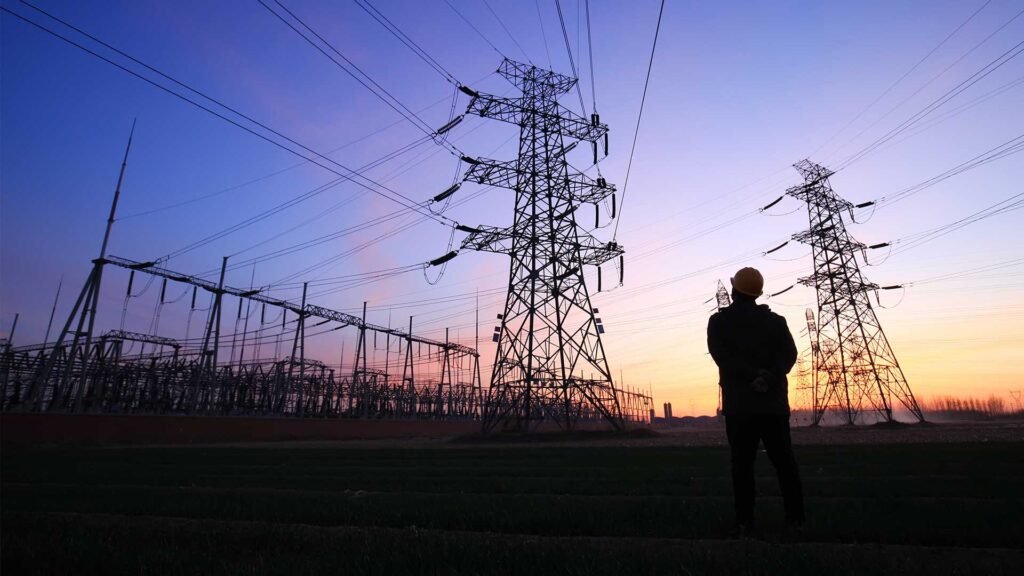What is the Targeted Charging Review?
For some time electricity regulator Ofgem has been looking at some of the non-energy costs paid by non-domestic consumers to help maintain the UK’s electricity network. It wants the system to be made fairer, particularly between those who can generate their own power and those who cannot.
Its Targeted Charging Review (TCR) was carried out to look at how electricity network residual charges should be set and recovered, for both transmission (TNUoS) and distribution (DUoS), in Great Britain.
The aim was to address concerns that the current framework could result in inefficient use of the networks and could have unfair outcomes for consumers. The TCR makes these charges fairer so that similar-sized energy users pay similar amounts.
What are the changes?
The biggest change implemented as a result of the TCR is the way suppliers are charged for transmission (TNUoS) and distribution DUoS charges.
These costs are split into two parts. The first is a residual charge which goes towards the cost of maintaining the electricity network. The second, a forward-looking charge, is the cost related to expanding the network.
The changes introduced by the TCR only affect the residual charge: which is 90% of the cost of TNUoS and 50% of DUoS.
From April 2022, network operators will be charging electricity suppliers a fixed amount for every business customer’s site. So, similar sites will pay the same towards maintaining the network.
How will TCR affect my business’ electricity costs?
Every customer site will be placed into one of a series of fixed charging bands that have been set for the whole country.
These bands will be determined by a consumer’s voltage level during the 24-month period ending in 2020. For larger consumers, these boundaries can be defined based on the agreed capacity. And for smaller consumers, these can be based on net consumption volume.
The review also removes the Transmission Generation Residual embedded benefit (Triads) from April 2022. Ofgem believes that removing Triads is an appropriate compromise between addressing the largest distortions in the market and reducing the distributional impacts on consumers.
Ofgem advises that non-domestic customers will pay more for their electricity – in particular those that currently avoid charging due to load shifting or on-site generation. it also advises that those who may see cost increases in the short term will ultimately benefit from longer-term savings, compared to current charging methodology.
It will be vital for businesses to operate as efficiently as possible to reduce exposure to price increases and help reduce carbon emissions. Which will surely strengthen the desire for more businesses to implement solar and battery storage as part of their energy saving strategy.
When do the changes come into play?
DUoS changes will come into effect from April 2022. TNUoS changes are likely to be delayed until April 2023
Will there be any further changes?
The forward-looking components of the TNUoS and DUoS will be addressed through Ofgem’s ongoing Significant Code Review (SCR) which is expected to be implemented by 2023.
As we await final confirmation from Ofgem and the DNO’s (distribution network operators) from the latest round of consultations this guide (pdf) and this link to the Targeted Charging Review page by Scottish Power may be helpful.
Whatever happens expect to pay more for your sites electricity charges going forward.
Call our team today on 0333 30 50 767 and start generating and storing your own self-generated electricity.
